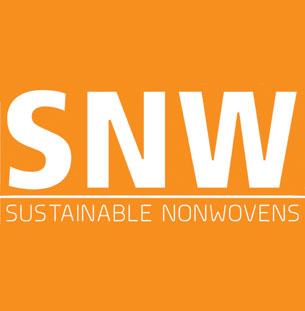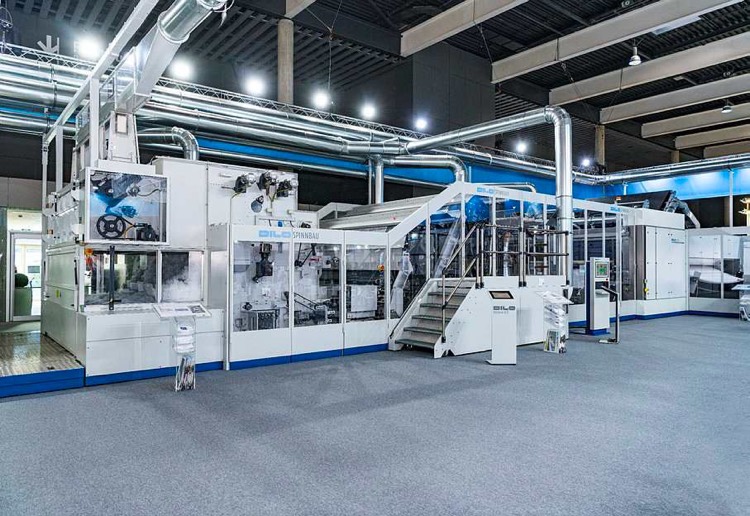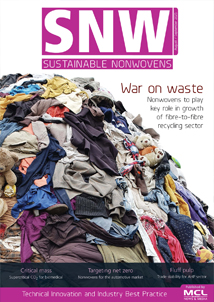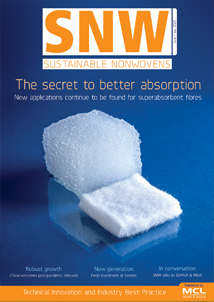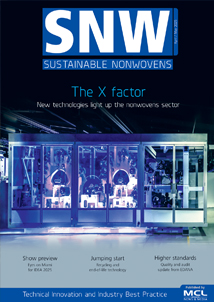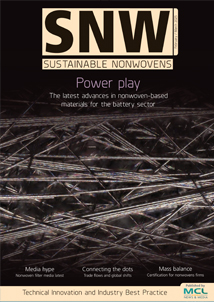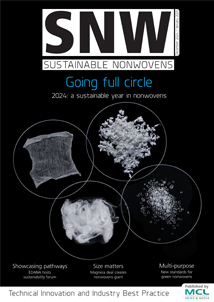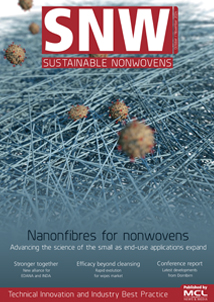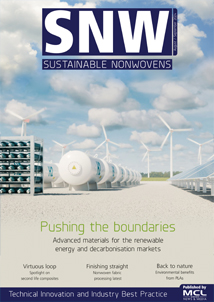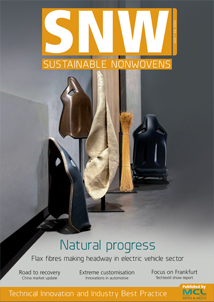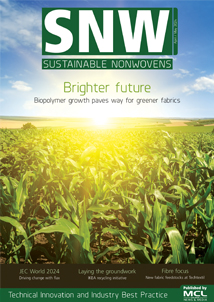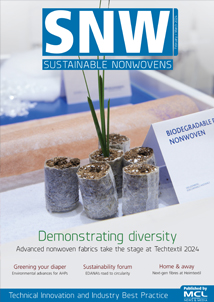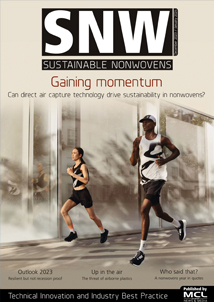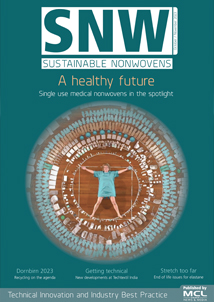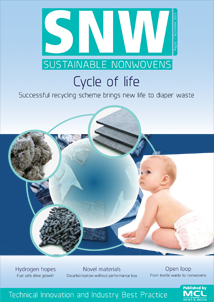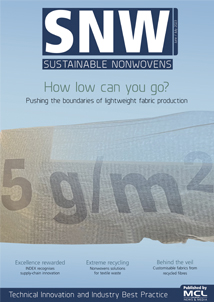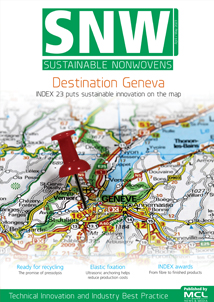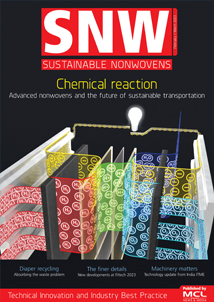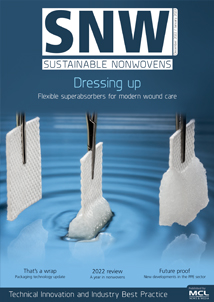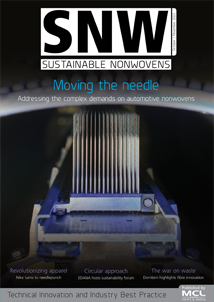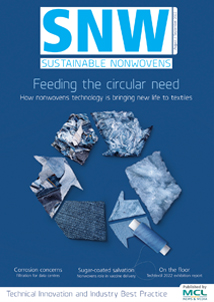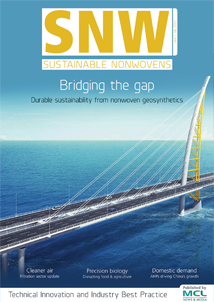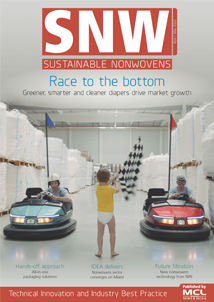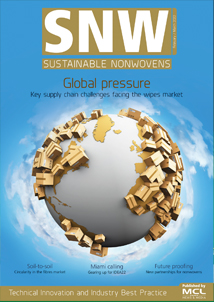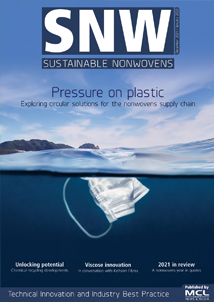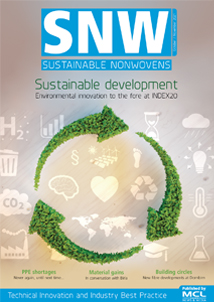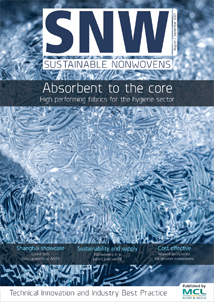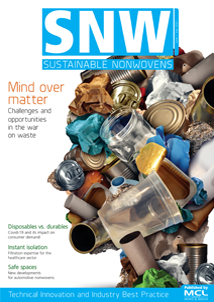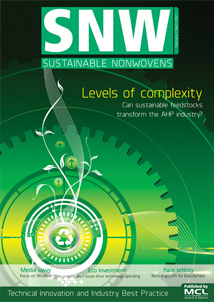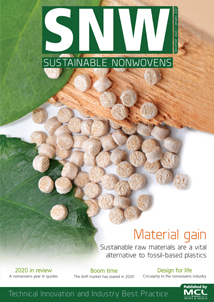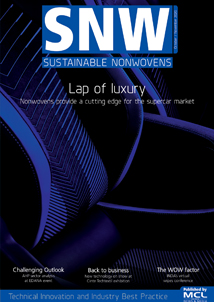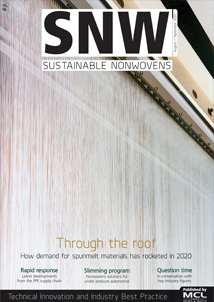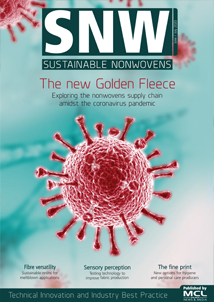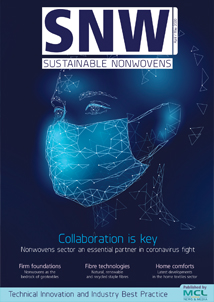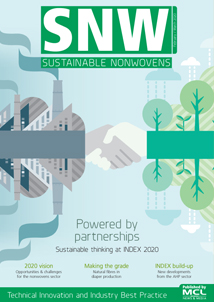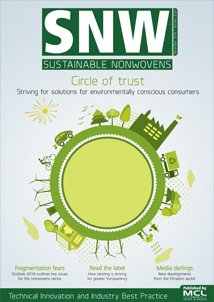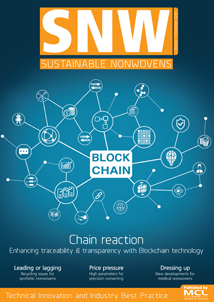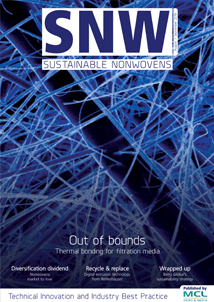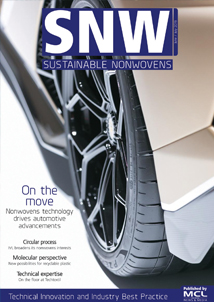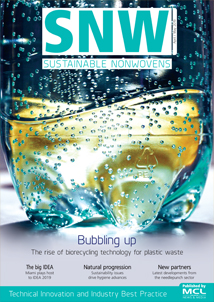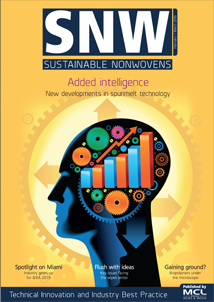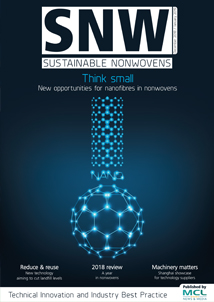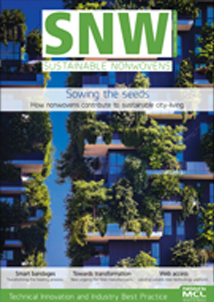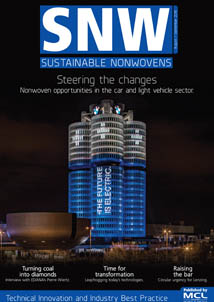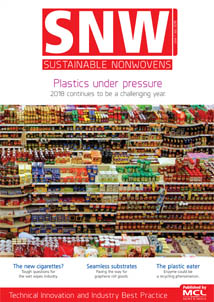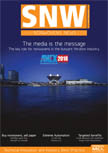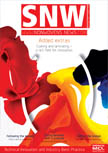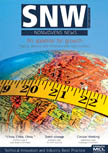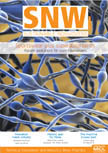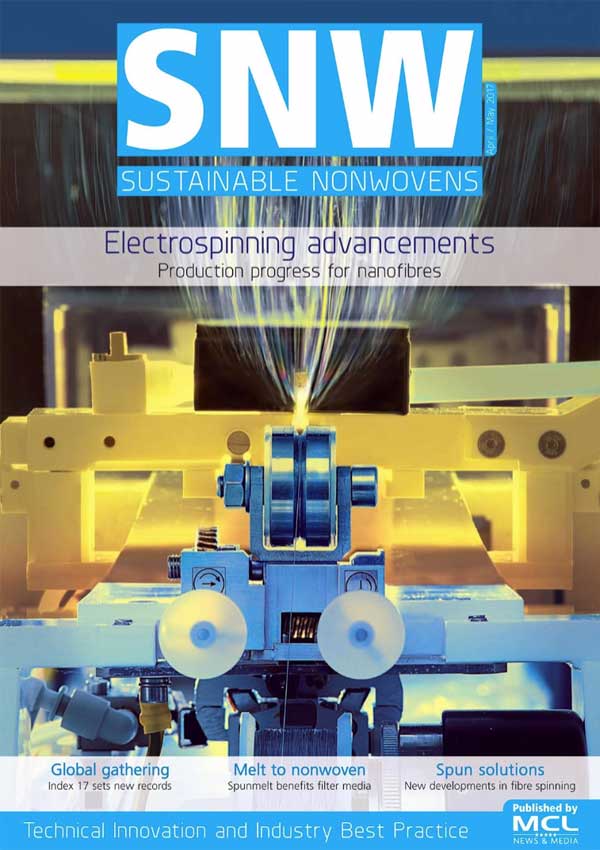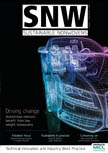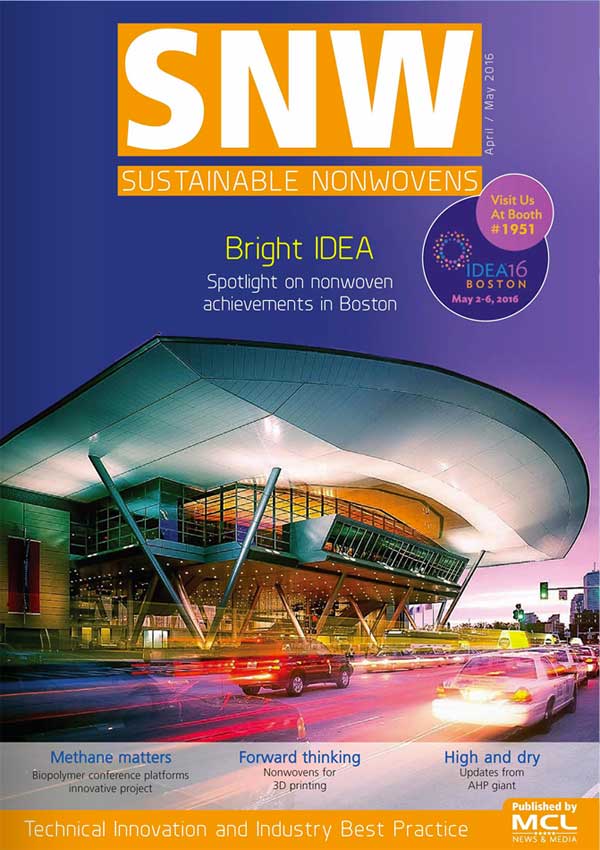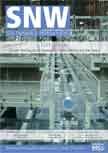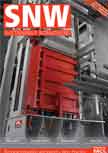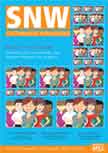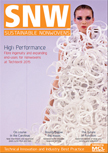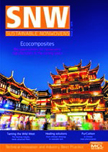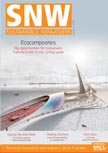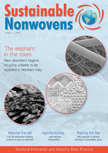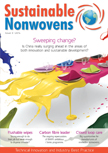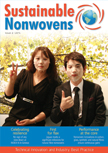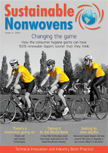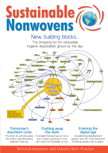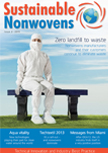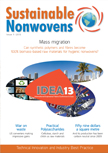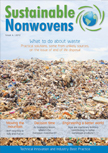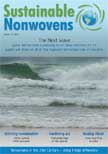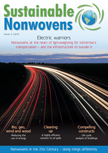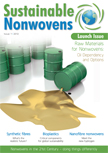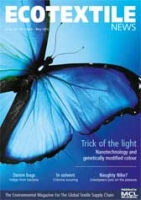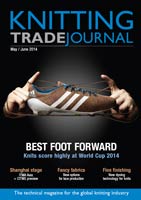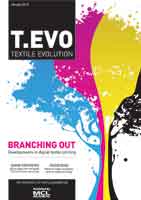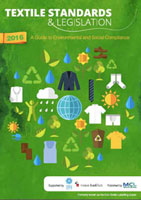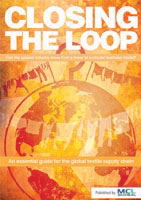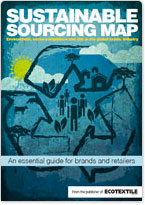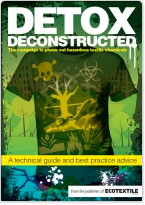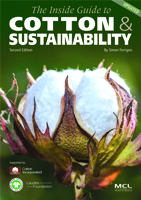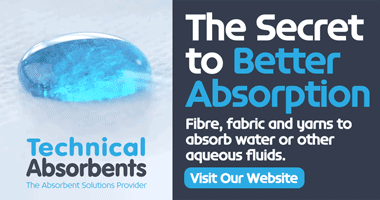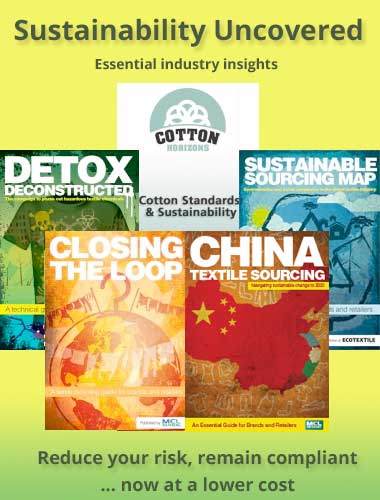EBERBACH - Machinery manufacturer Dilo will be exhibiting at the upcoming India ITME 2022 exhibition where it will take the opportunity to discuss its latest developments aimed at improving production technologies with a particular focus on needlefelts.
Noting that all industrial sectors are now urged to achieve savings in material and energy, the nonwovens machine-building sector also has a role to play when it comes to offering solutions for fibre pulp recycling and the reduction of energy, water and ancillaries. DiloGroup says it has has made significant efforts to meet these challenges together with a close circle of partner companies.
With needling regarded as a mechanical production method requiring high levels of energy efficiency, Dilo Group has been aiming to produce nonwovens through “intense needling” instead of water entangling, even for light nonwovens made of fine fibres for the medical and hygiene sector with an area weight of 30 – 100 g/m². This method, says Dilo, can result in a reduction of the environmentally relevant production costs of about 1/3 to 1/5 of current levels.
Despite the prospective advantages of the mechanical intense needling method over the hydro-dynamical, water entanglement remains the most important production method for low area weights and the highest production capacity and is also offered by the Dilo Group as general contractor in cooperation with partner companies.
Fibre Pulp
Fibrous material in nonwovens, and particularly used clothes, can be successfully recycled if staple length can be conserved in the tearing process. In the classical tearing process, staple lengths are dramatically reduced and therefore these fibres can only be used as base material for inferior uses in thermal or acoustic insulation or in protective textiles, transportation or protective covers etc.
When recycling textile waste in the context of the collection of used clothes, the so called “filament-saving” tearing using special tearing machines and methods must be used to produce fibres with longer staple lengths which can be fed to a nonwoven installation. Hence product characteristics can be better specified and controlled.
Additive
The additive production method of the “3D-Lofter” is especially suited for automotive parts with differently distributed masses but there may also be potential for increasing uses in the sector of apparel and shoe production.
IsoFeed-card feeding
In the field of card feeding, the IsoFeed method offers great potential for a more homogeneous card feeding at the same time reducing the variation in cross-machine fibre mass distribution and therefore the fibre consumption while conserving the end product quality.
At the show, DiloGroup will discuss each of the the above mentioned needling technology developments as well as the latest modules for Industry 4.0 applications for further digitalization.
